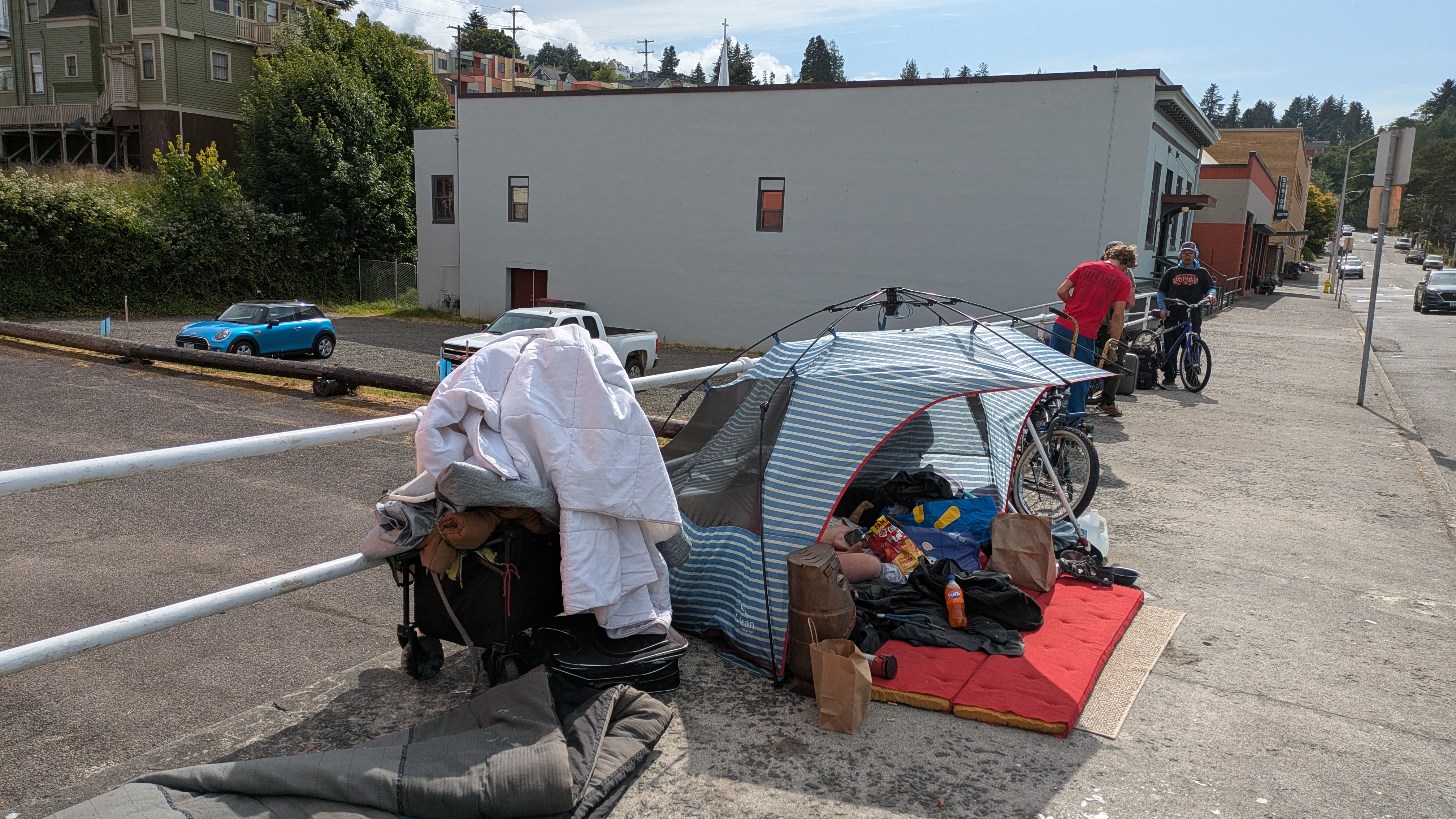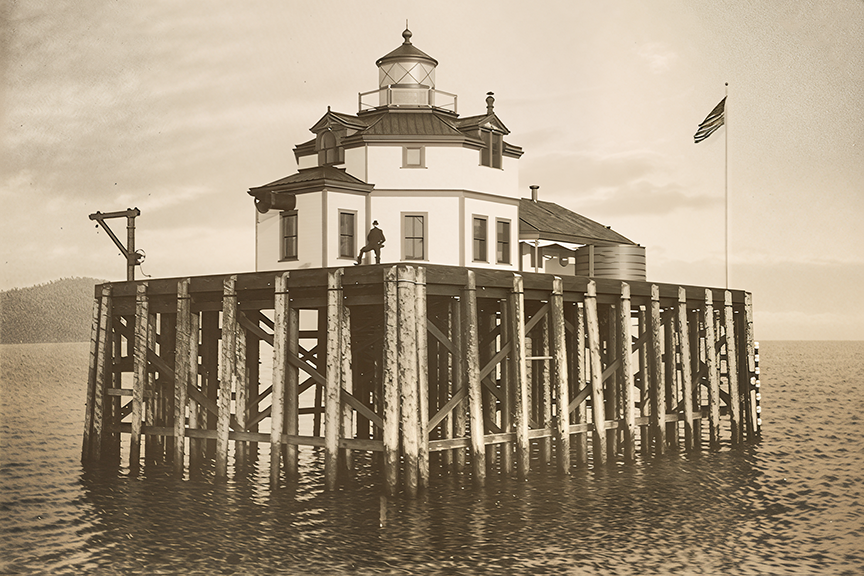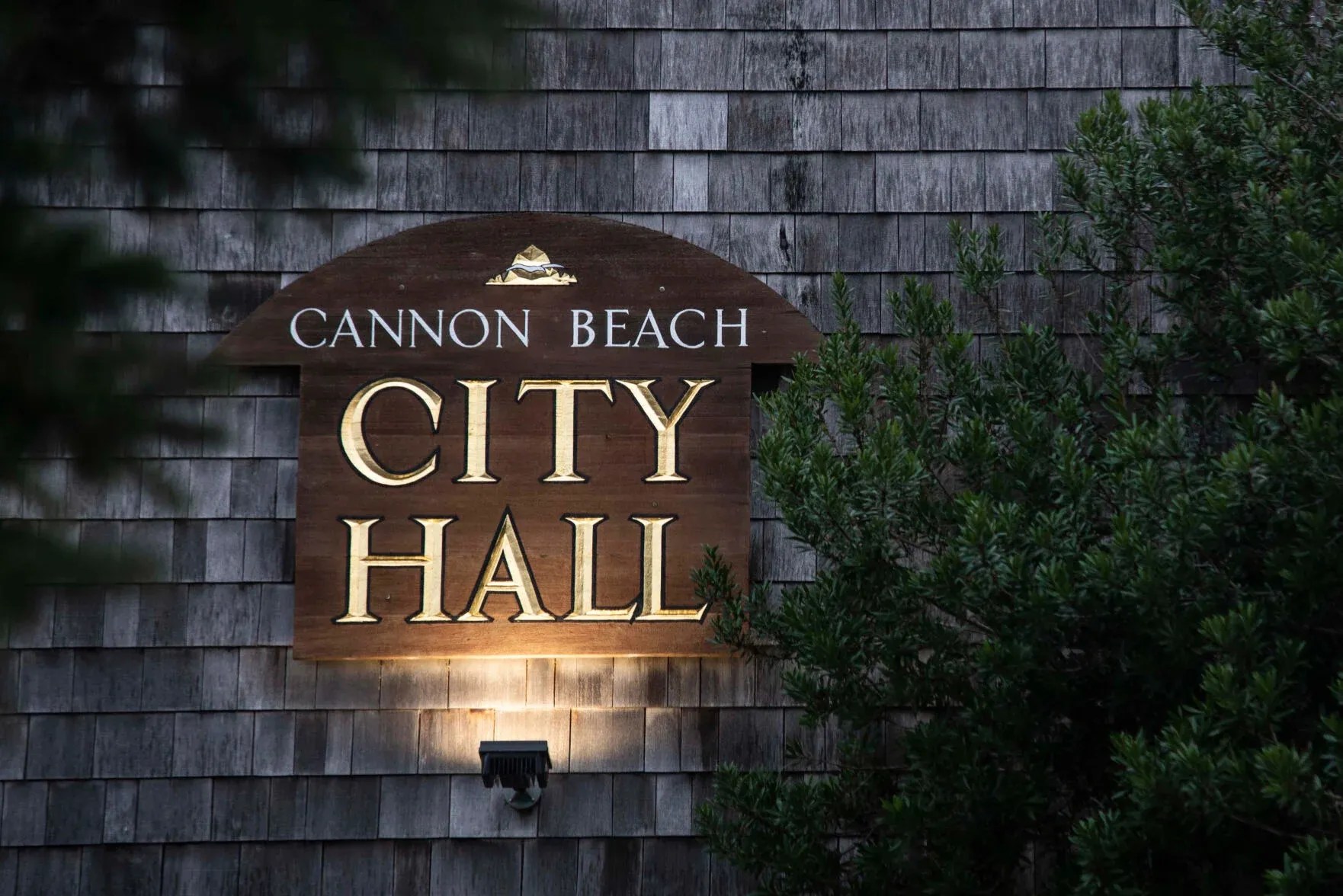Foreign journalists investigate freedom of the press in the U.S.
Published 5:00 pm Monday, April 17, 2006
“Goodnight and good luck!”
Naziya Bissenova doesn’t speak much English, but she does know Edward R. Murrow’s famous nightly farewell, and she offered it Monday at the end of a visit to Astoria.
Bissenova was among 16 journalists from countries in and around the former Soviet Union who came to Astoria as part of a three-week visit to the United States sponsored by the Murrow Program for Journalists and the U.S. State Department. The trip has taken the group to Washington, D.C., and communities around the country to provide the visitors a perspective on American media, government and society.
On Monday, The Daily Astorian hosted the journalists, who toured the newspaper’s office and attended the weekly news meeting, where they quizzed editors and reporters about everything from the paper’s circulation and advertisers to its Web site and who decides what goes on Page 1.
The visitors represented countries where press freedom varies widely, from the Baltic nations of Estonia, Latvia and Lithuania, which rank even ahead of the United States in a study by the group Reporters Without Borders, to nations where journalists have been murdered for their work.
Kazakhstan, a central Asian nation bordering Russia, is one of many former Soviet republics that have made a shaky transition from communism. Speaking through an interpreter, Bissenova, a correspondent for the weekly publication “Turkestan” who has worked in newspapers for 14 years, said journalists face some pressure from the government, but the situation is better than in many neighboring countries, where the governments have launched determined crack downs on independent media.
It is still a freedom with limits, however. Bissenova said reporters in Kazakhstan have been fired when their stories angered government officials. When asked if she has declined to pursue a story because of the possible repercussions, she responded, “As a journalist, I know which subjects I could touch and which I shouldn’t touch.”
On her trip, Bissenova has been struck by the freedom of speech Americans enjoy, especially the ability to criticize the president – a freedom she and the others saw vividly on display at a demonstration in front of the White House.
“That’s not something you would see in a central Asian country,” she said.
Most of the international visitors were in their 20s and 30s.
Wojciech Rogacin, 38, an editor for Newsweek Polska in Poland, said in his country, the newly free and independent media outlets were eager to bring in new voices following the collapse of communism in 1989, which is why most journalists are younger than 40. “They were looking for people with no links to communism,” he said.
Rogacin joined a small newspaper after college and within a few months was offered a job at a national paper. He eventually moved to the foreign desk, and in 2001 was hired by Newsweek Polska, the local version of the American news magazine, and became its Middle East reporter. He covered the war in Iraq, filing stories not only on the Polish troops stationed there but local Iraqis as well.
There’s no government censorship of the independent media in Poland, but the state operates a television and radio network through which it can try to sway public opinion, Rogacin said. The head of the network is appointed by government officials and can come under heavy pressure about what to broadcast, especially around election time, he said.
The private media declare their independence and objectivity, but “you can see where their sympathies lie,” Rogacin said. Still, journalists rank high in public opinion polls measuring trustworthiness, he said.
During his U.S. trip, Rogacin said he’s been impressed by the strength of local newspapers and their high readership in the community, as well as their professional operations.
Armine Amiryan is impressed how “very, very, very” free the American press is. The television reporter said she’s learned things she’ll bring back to her colleagues at Armenia TV, the country’s biggest independent broadcast company.
Armenia has a relatively free media, but reporters there don’t have access to the amount of information available to American journalists, she said. At a meeting with Wall Street Journal staff members, she was surprised to hear how reporters can simply sit down with a public official for an informal interview.
“We have all the high technologies,” she said. “We just need experience.”
Amiryan, who said watching the anchors and reporters on TV inspired her to enter broadcast journalism, covers international news for Armenia TV. She came to the United States ahead of the visiting group to cover a meeting between the Armenian foreign minister and Secretary of State Condoleezza Rice. But she also gets the occasional lighter assignment, like an interview with Michael Jackson’s brother, Jermaine.
“In the USA, I understand how important our profession is,” she said, adding she hopes one day to attend journalism school in the United States.





